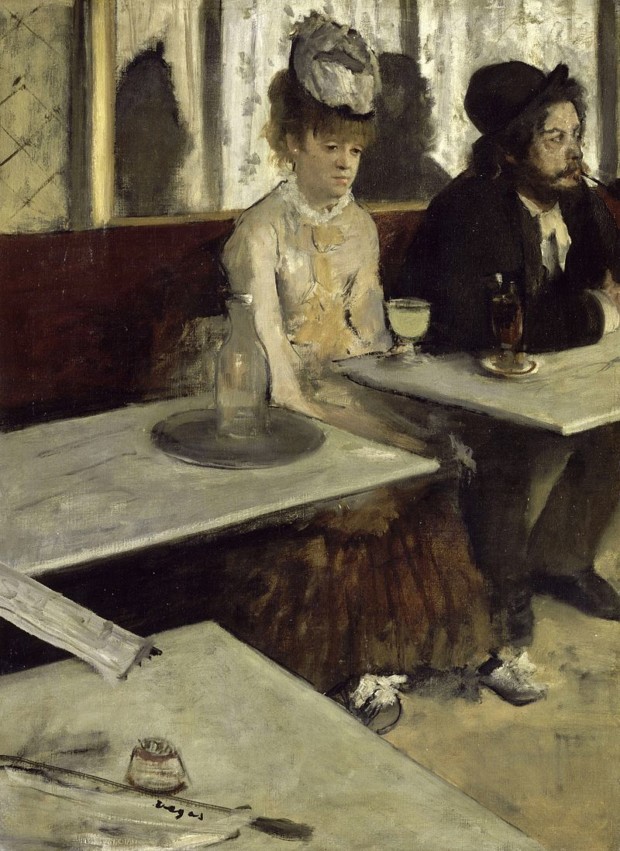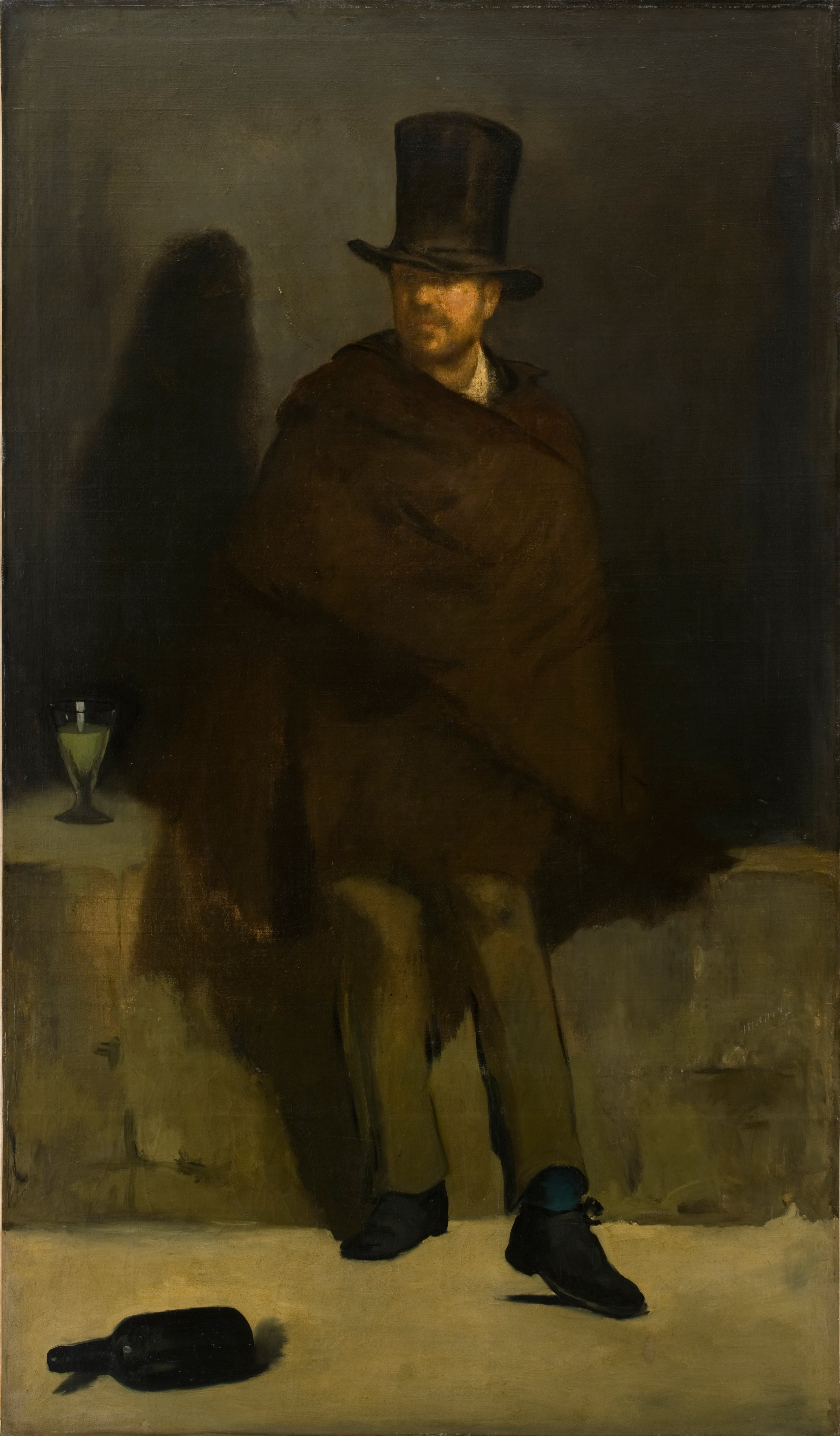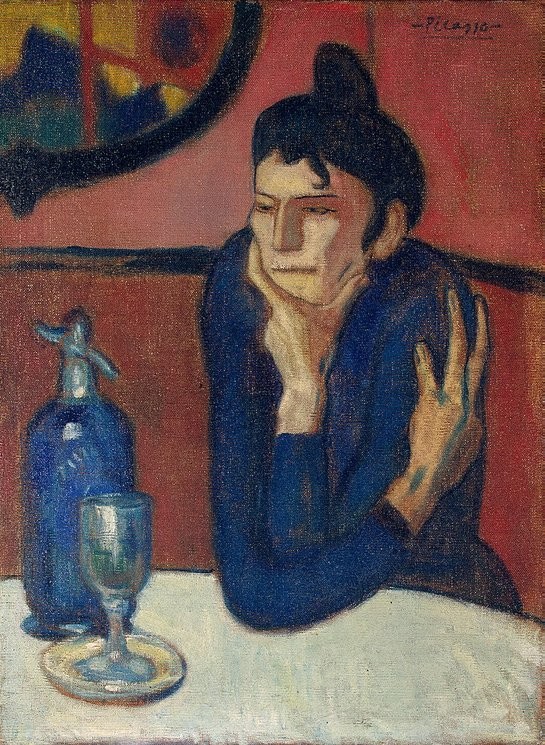The Potato in Fine Art
Do you prefer your potatoes in a landscape or in a still life or in a stew? Come with me on a tour of the humble potato in art.
Candy Bedworth 3 May 2024
Curious about the abundance of paintings featuring people indulging in absinthe throughout art history? You’re not alone. As I pondered this, it occurred to me that absinthe must have held a special allure for the Parisian bohemian crowd during the Belle Époque—and likely beyond. But what exactly made it so appealing?
DISCLAIMER: While we explore the cultural fascination with absinthe, it’s essential to remember to consume alcohol responsibly. If you’re not a 19th-century artistic prodigy, moderation is key.

In France, absinthe earned the moniker La Fée Verte, translating to “The Green Fairy,” and it’s depicted as such here: a femme fatale, luring men into a hypnotic trance. I envision that during the convivial hours in bars, dubbed L’Heure Verte, or “The Green Hour,” many such men found themselves under her enchanting spell…

Given absinthe’s reputation as an addictive, mind-altering elixir capable of transporting individuals into mysterious psychological realms, its “magical” qualities could be responsible for its popularity in the day. While its psychoactive effects are debated today, in the 19th century, it was the libation of choice for writers, painters, and the intellectual elite of Paris who revered its mystical essence.
Most of the avant-garde artists drank absinthe. Among them, there were Impressionists, Post-Impressionists, Surrealists, Cubists… They spent many evenings in bars and cafes drinking absinthe and discussing art, politics and literature. They also had their own recipes for cocktails. Henri de Toulouse-Lautrec was famous for a drink called “The Earthquake”. Imagine the hangover.

Many drank in large quantities. There are theories that van Gogh cut his ear after having drunk too much. His use of yellow can also be attributed to his absinthe-absent-mindedness. The same applies to Gauguin. Do we owe his bright colors to absinthe, too?

For many, absinthe symbolized moral degradation. This sentiment was reflected in the reception of Édouard Manet’s first major work, which was rejected from the Salon of 1859. Only Delacroix voted in its favor, while Manet’s mentor, Thomas Couture, expressed disdain: “An absinthe drinker! And they paint abominations like that! My poor friend, you are the absinthe drinker. It is you who have lost your moral sense.”

Or perhaps it was simply about appearing cool? Maybe they sought camaraderie and found it easier to connect over a shared drink. Alternatively, perhaps they were grappling with deep loneliness and sought solace in alcohol. Who can say for certain? It’s likely a combination of all these factors.
DailyArt Magazine needs your support. Every contribution, however big or small, is very valuable for our future. Thanks to it, we will be able to sustain and grow the Magazine. Thank you for your help!